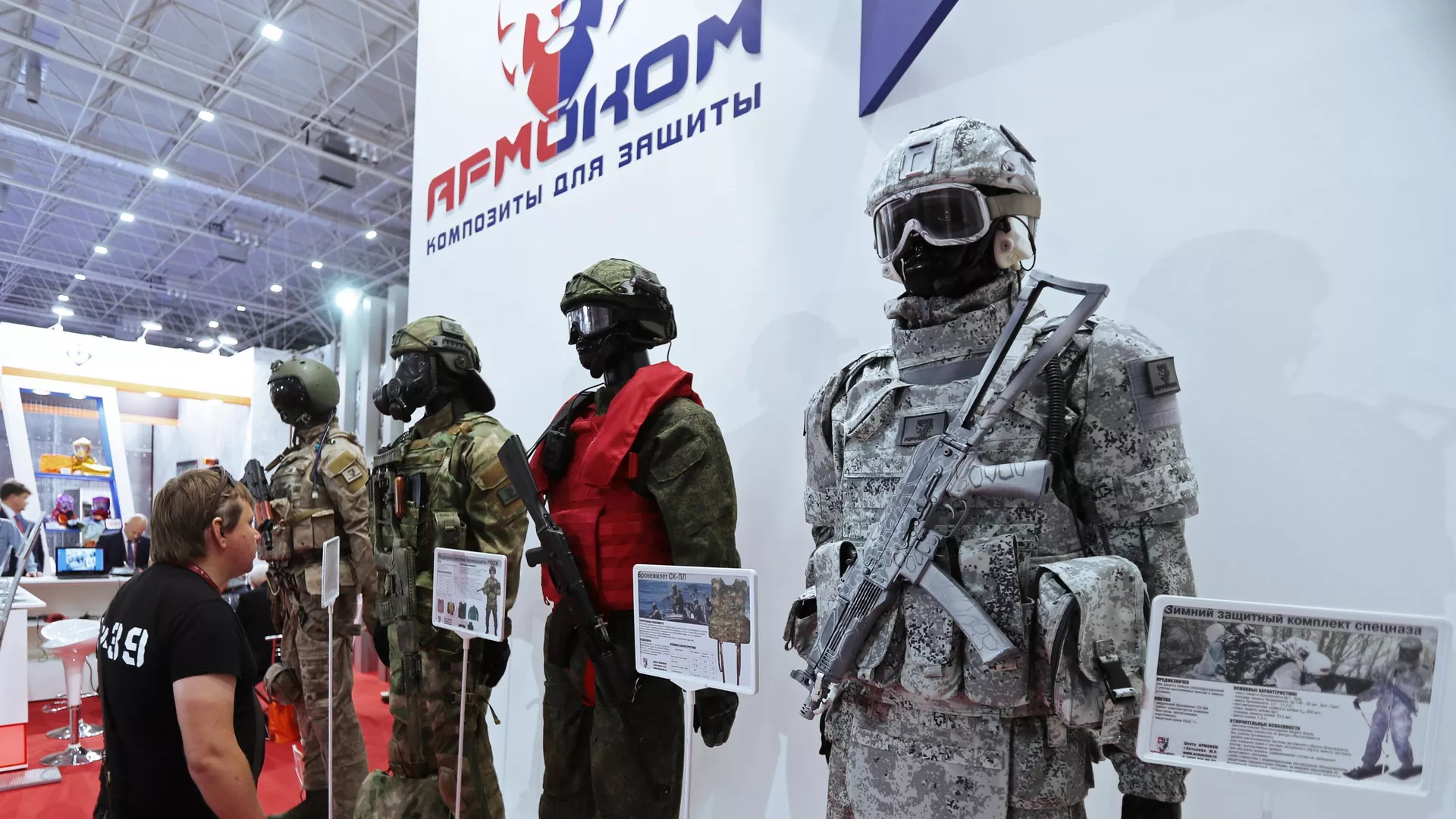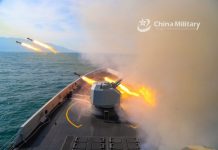Future Russian combat troops might wear a real-life armored suit similar to the one designed for Tony Stark, the Iron Man of Hollywood’s famed Marvel Cinematic Universe.
Oleg Faustov, the deputy general director of the combat equipment and armor protection manufacturer, Armocom, recently announced that an “iron man” suit made up of composite armor is in the works for the Russian combat troops. He was speaking at an interview with the Russian news agency RIA Novosti.
The armor suit is being developed as part of Russia’s aspirational “Project Legionnaire” to equip future Russian soldiers. Describing the armor suit, Faustov stated that the Iron Man suit was designed to completely cover the body of a fighter on the lines of the armor worn by medieval knights.
Faustov said that the company would consider manufacturing such an armored suit, but an exoskeleton would be required to support it when asked whether such a thing was possible today.
Exoskeletons are futuristic armored robotic suits designed for soldiers to enable them to carry extra weight and give them sophisticated armor protection.

Earlier this month, it was revealed that Russia was planning to test exoskeletons this year, reportedly to give soldiers fighting in Ukraine better endurance and strength.
Maxim Skokov, the CEO of Ekzo Solutions in Russia, said that his company had been contacted by Russia’s “special agencies” looking to test and possibly use its equipment on the battlefields of Ukraine.
“We are going to hold tests at a training ground in November or December, with a potential customer testing the effectiveness of our equipment in practice,” said Skokov.

In 2018, Rostec, a state-owned multinational corporation, unveiled the first combat suit made in Russia. Military engineers tested the Ratnik, or “Warrior,” armored exoskeletons in Syria during Russia’s military operation there, and Rostec recently claimed to have given the Russian military 300,000 suits.
However, despite a deluge of complaints from all around the nation about the army’s inadequate weaponry, no Russian ‘Ratnik’ exoskeletons have yet been spotted on the battlefield in Ukraine. The Iron Man suit is already gaining traction before the Ratnik exoskeletons could be tested in combat against the Ukrainian troops.
Russian Troops To Be Dressed As Iron Man
All the major military superpowers, according to Faustov, prioritize developing an “iron man” suit that would cover a fighter’s body, similar to the superhero of the same name in Marvel movies and comics.
He emphasized that despite the widespread belief among experts that robots and drones will eventually replace humans in combat roles, human soldiers will still need to occupy specific locations on the battlefield and that as military technology advances, the risks to their lives will rise considerably. This is where the Iron man armor comes in.
“Machines by themselves cannot occupy certain lines and territories, which means that the role of a human soldier in combat is irreplaceable. Therefore, the human soldier must be protected as much as possible, which is why all the leading armies of the world, and we are no exception, considering the possibility of creating such an “iron man,” Faustov said in Russian.
RIA Novosti was informed by a source close to the military-industrial complex that the Legionnaire combat armor and body kit would replace the Ratnik. At the time, it was also revealed that the research on the Legionnaire program was being conducted in full earnest and would take just one year instead of the anticipated three.
An armored helmet equipped with an augmented reality system, capable of receiving data from drones, is planned to be created as part of the work on equipping a soldier of the future under the new generation Legionnaire project.
“As part of this project, we plan, among other things, to work out the possibility of creating a modular armored helmet, which will combine several advanced solutions at once, including augmented reality technology, that is, various information about the situation on the battlefield, control signals, and danger warnings will be displayed in the field of view of the soldier,” he said.
Faustov further claimed that sensors would be added to the combatant’s helmet, enabling them to determine whether a sniper or high-precision weapon is aiming at them. It will also be possible to contemplate making the helmet impermeable and fitting it with a system of radiation, chemical, and biological protection.
The military will also be able to control the drone directly, owing to augmented reality technologies, which will make it possible to display information from the drone, including an image, on the helmet. As Russian troops continue to suffer in combat without protective armor, the Legionnaire could potentially prove to be a savior as and when it becomes available.
While the description sounds like a plot from a science fiction film, these are real aspirations and plans laid out by the manufacturer. With battlefields becoming more data and AI-driven, several militaries, including the United States, are turning to network-centric solutions besides composite armor for its troops.
- Contact the author at sakshi.tiwari9555 at gmail.com
- Follow EurAsian Times on Google News




